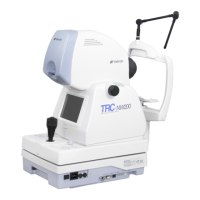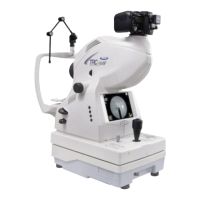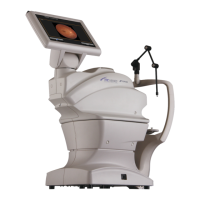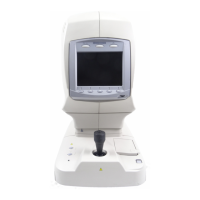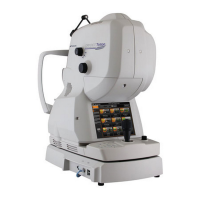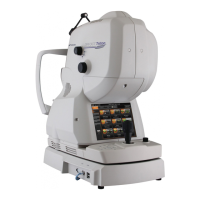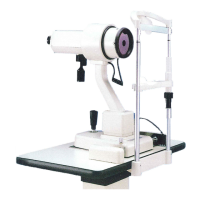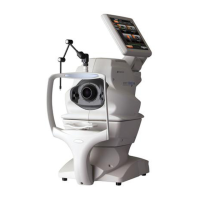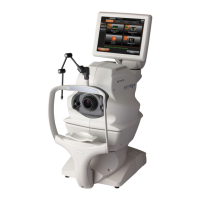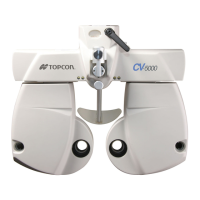What to do if the illumination lamp on my Topcon Medical Equipment doesn't turn on?
- KKathy JimenezAug 19, 2025
If the illumination lamp fails to turn on, consider these potential causes: * The power save function might be activated (indicated by a flickering power lamp). Try pressing the Photography switch to deactivate the power save function. * The lamp terminal could be loose. Ensure you refasten the lamp terminal. * A burnt fuse can also prevent the lamp from turning on, so replace the fuse if necessary. * The lamp itself might be burnt out, requiring a lamp replacement.
